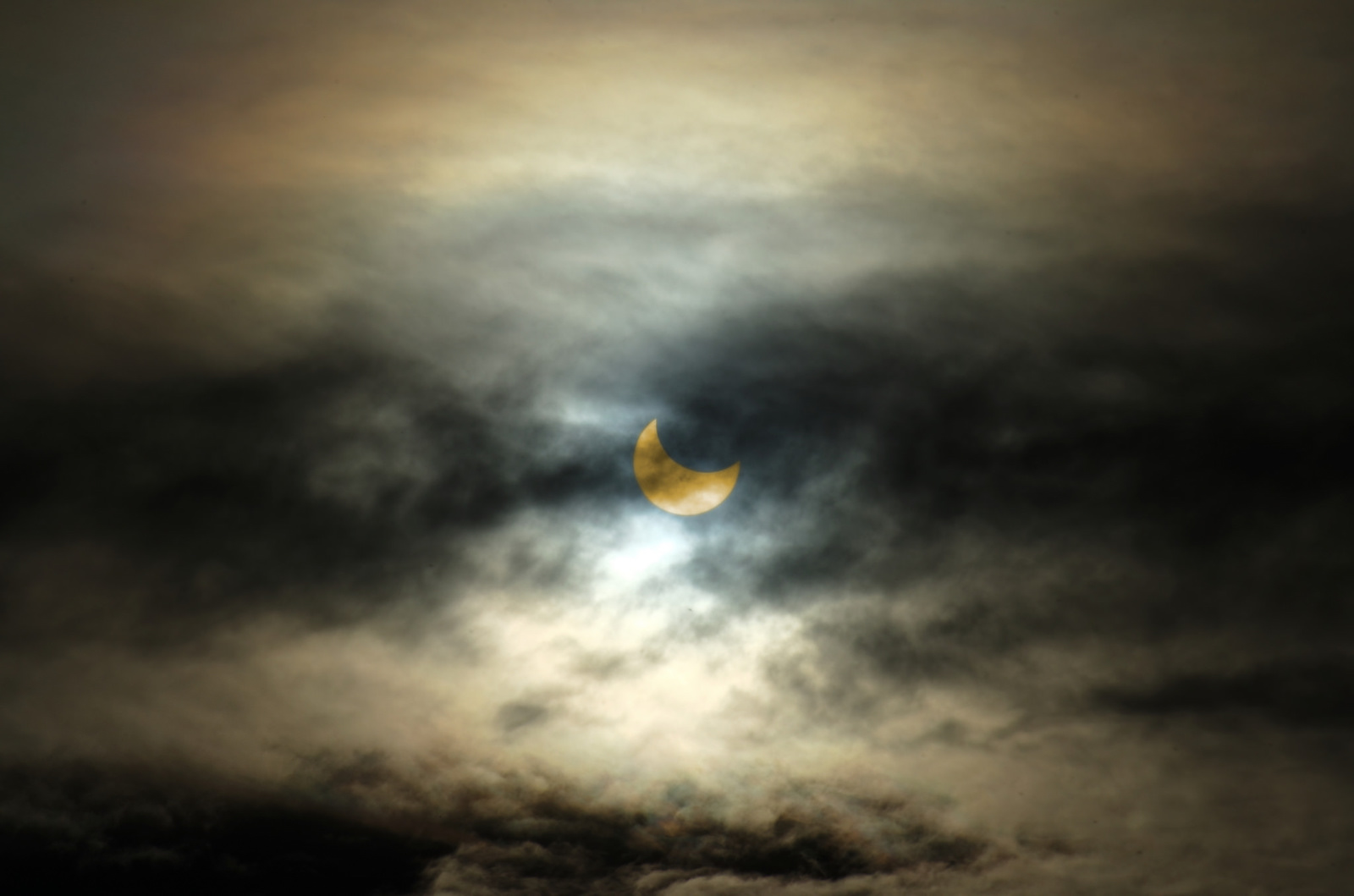The Local newsletter is your free, daily guide to life in Colorado. For locals, by locals.
Coloradans who want to see the total solar eclipse on August 21 will have to travel to Wyoming, since the moon will cover just a portion of the sun here. But the Centennial State still plays a vital role in the rare experience. (A total solar eclipse hasn’t been visible across the full width of the contiguous United States since 1918.) As part of a NASA-funded project, students from five Colorado colleges, including the University of Colorado Boulder and the University of Northern Colorado, will release balloons they designed and built themselves to gather data and stream live video footage while the two celestial bodies overlap. Here’s a look at precisely what they’ll be doing when the world goes dark.
- The group will launch two hydrogen-filled weather balloons from Camp Guernsey, Wyoming, at 10:30 a.m., so they can ascend high enough for a good view by the time the total eclipse occurs at 11:48 a.m.
- Each balloon will carry payloads of lightweight, cube-shaped containers. Some hold high-definition cameras; others carry scientific equipment. The cameras will stream video and take still images while Geiger counters record changes in the sun’s ultraviolet radiation levels.
- The balloons will burst after reaching a height of about 100,000 feet above Earth. Scientists will then track where the payloads land. Based on predictions, they expect to find them less than 20 miles west of the launch site.
- Data will be recorded and saved on memory cards recovered with the payloads. The team’s footage, along with that from groups of college and high school students across the country, will be broadcast on streameclipse.live.
See for yourself
Boulder’s National Center for Interactive Learning at the Space Science Institute won a $490,000 grant to provide more than two million solar glasses to 6,800 public libraries nationwide, including the Bear Valley branch of the Denver Public Library. (Standard sunglasses will not protect your eyes during any phase of a partial eclipse.)









